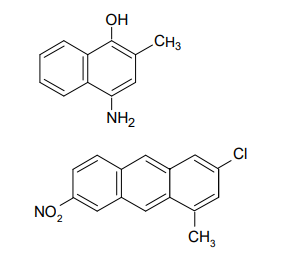PLEASE MATCH YOUR ASSIGNMENT QUESTIONS ACCORDING TO YOUR SESSION
IGNOU BCHET-147 (January 2025 – December 2025) Assignment Questions
IGNOU BCHET-147 (January 2024 – December 2024) Assignment Questions
PART A: ORGANOMETALLICS, BIOINORGANIC CHEMISTRY
1. Give the reactions where sodium nitroprusside is used for the qualitative analysis for the deterction of S2- and S in organic compounds.
2. Give the differences between organometallic compounds and organic compounds.
3. What is the structure of ferrocene in the solid state? What happens to the structure at extremely low temperature?
4. Explain the structure of Ni(CO)4 based on valence bond approach.
5. With suitable reactions (any two) explain reductive carbonylation.
6. How are binuclear carbonyls characterized? Give the structure of Fe2(CO)9 and explain the different types of bond present in it.
7. Give the following reactions for the formation of:
(i) carbonylate anion by addition of alkali or reduction (any two)
(ii) carbonyl hydrides (any one)
(iii) carbonyls by displacement of CO by other ligands (any two).
8. Discuss the classification of the elements on the basis of mechanism of action.
9. Discuss the importance of cadmium of biological system. Why they cannot harm new bond babies? What is the effect of long term cadmium exposure in animals and human?
10. What are the reactions involved in photosystem I and II. Give the Z-scheme of photosynthesis also.
PART B: POLYNUCLEAR HYDROCARBONS AND UV, IR SPECTROSCOPY
11. Discuss the preparation of the following compounds starting from ethyl 3-oxobutanoate?
i) 2-Butenoic acid (crotonic acid)
ii) 4-ketopentanoic acid
12. Why 1-position (α-position) of naphthalene is more reactive than the 2-position (β-position). Explain.
13. Give IUPAC name of the following compounds:
14. (i) The attack of the electrophile in furan occurs at the C-2 (or α) position. Explain with the help of a suitable example.
(ii) Write the preparation of pyridine.
15. Give the schematic diagram of the order of molecular orbital energies and give the possible electronic transitions in them.
16. Explain bathochromic shift with a suitable example.
17. Explain the electronic spectra of the acetylenic and benzenoid chromophore.
18. Explain the degrees of freedom for polyatomic molecules.
19. i) List different factors which govern the position and intensity of bands appearing in the IR spectrum of an organic compound.
ii) The C–C stretching vibration is infrared inactive (or nearly inactive). Give reason. In which region, C–H stretching absorptions of alkanes are exhibited?
20. Give the characteristics bands observed in the IR spectra of carboxylic acids and carboxylic acid anhydrides.













